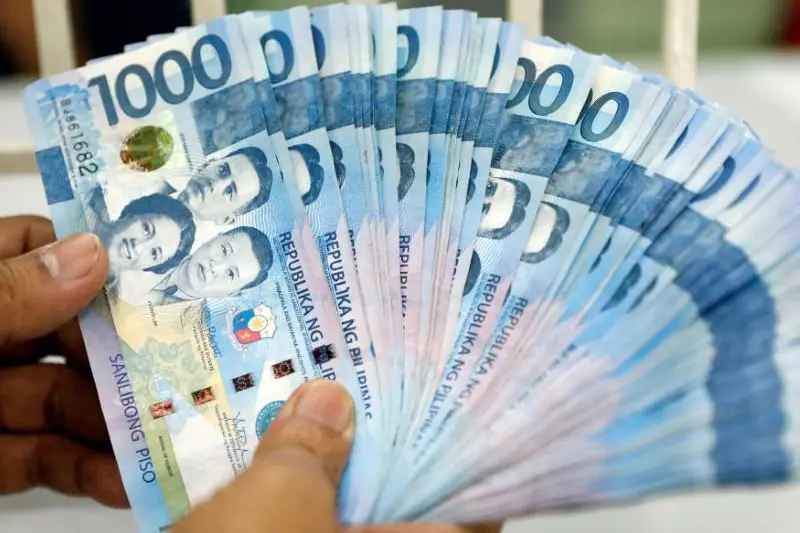PHOTO
The Philippines had the second worst budget deficit among six Southeast Asian nations in 2021 after government spending ballooned to a record high due to infrastructure and pandemic needs.
The Department of Finance (DOF) said yesterday the country registered the largest deficit ratio at 8.6 percent of gross domestic product (GDP) in 2021, next to Brunei's 9.3 percent.
Brunei and the Philippines also posted the highest spending as a percentage of GDP at 28.4 percent and 24.1 percent, respectively, ahead of Singapore's 21.1 percent.
DOF director Rowena Sta. Clara attributed the spending spree last year to government efforts to resume infrastructure projects halted by pandemic restrictions. Infrastructure expenditures amounted to P1.12 trillion, or 5.8 percent of GDP, in 2021.
Under the revised fiscal plan, infrastructure disbursements should reach 5.5 percent of GDP in 2022, 5.4 percent in 2023 and 2024, and 5.3 percent in 2025. Finance officials have urged the next administration to keep public works as a priority item, or the government risks wasting the gains it made in boosting commerce and trade.
Sta. Clara said the government expects disbursements to remain bloated as it spends on recovery measures, including lending programs and vaccine purchases.
She said spending for personnel services also jumped by 30 percent in the past decade, as the government employed new workers and paid for salary increases.
On the other hand, the Philippines landed fourth in a group of six Southeast Asian economies in terms of the volume of revenue raised by the government.
Brunei listed the highest revenue as a ratio of its GDP at 19.1 percent, followed by Singapore's 18.7 percent and Thailand's 17 percent. The Philippines came in fourth with a revenue effort of 15.5 percent, ahead of Malaysia's 14.3 percent and Indonesia's 11.8 percent.
In making the comparisons, Sta. Clara said the DOF used the cash operations report published by the Bureau of the Treasury for the Philippine figures. The agency accessed projections made by the International Monetary Fund for data on the other countries.
Bangko Sentral ng Pilipinas Governor and incoming finance secretary Benjamin Diokno said he aims to reduce the deficit to three percent of GDP by the end of the next administration's term in 2028.
The Cabinet-level Development Budget Coordination Committee projects a dipping trend in the budget gap to 7.7 percent in 2022, 6.1 percent in 2023, 5.1 percent in 2024 and 4.1 percent in 2025.
Copyright © 2022 PhilSTAR Daily, Inc Provided by SyndiGate Media Inc. (Syndigate.info).





















